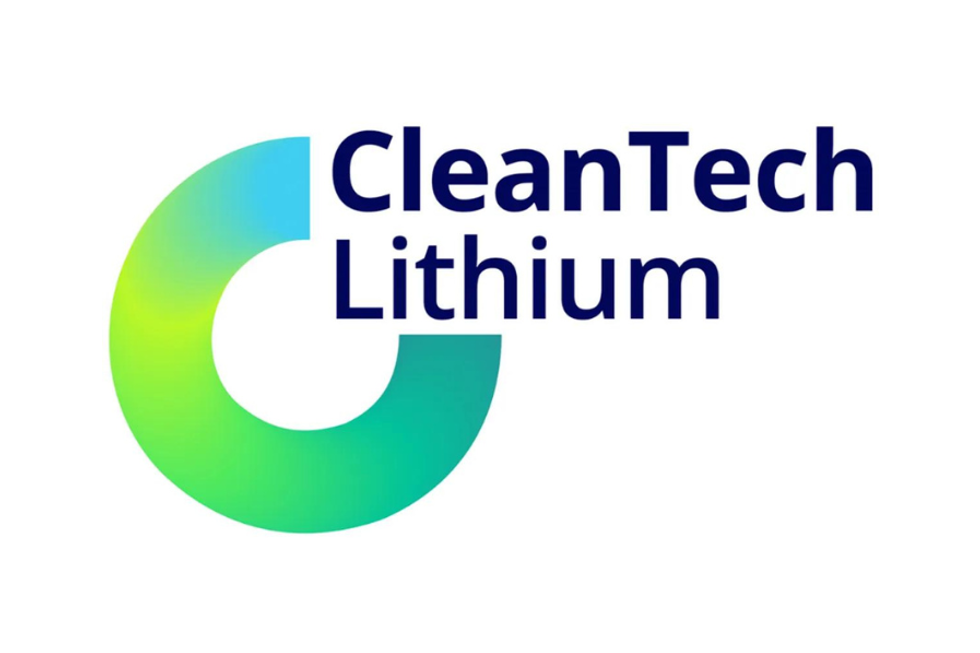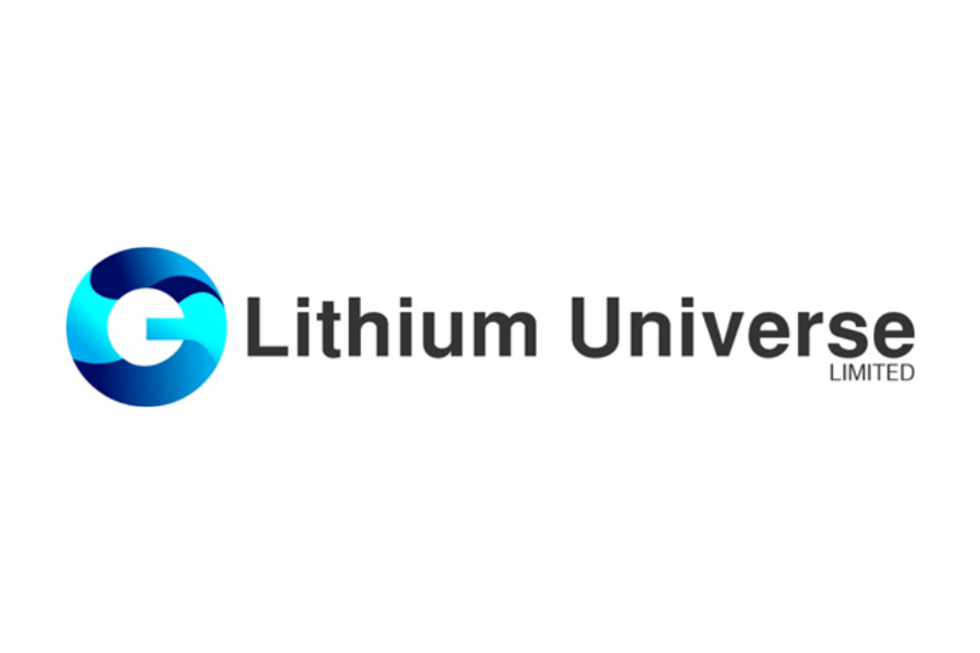
Read on to learn what trends and challenges could be ahead for North America as it races to secure supply of key raw materials for its growing EV industry.
Key raw materials used to power electric vehicles (EVs) have become the center of attention lately, with governments taking notice of how essential they are for the green transition.
Metals such as lithium, cobalt and nickel are making news headlines globally as the western world continues to build out and strengthen its supply chains.
In North America, governments have called for more domestic sources of raw materials, as well as local processing of essential minerals used in lithium-ion batteries; they have also made partnerships with allies a crucial part of the move towards more independence from China.
Read on to learn what trends and challenges could be ahead for North America as it races to secure supply of key raw materials for its growing EV industry.
Building North American supply chains to compete globally
In 2021, the move away from fossil fuels to green energy sources has gathered pace, with EVs at the forefront of most governments’ decarbonization plans.
Speaking with the Investing News Network (INN) earlier in 2021 about the buildout of supply chains, Andrew Miller of Benchmark Mineral Intelligence said the battery metals industry as a whole needs both government policies and industry participants to accelerate.
“I think we certainly have the industry stepping up, we’ve seen that through the tens of billions of dollars that have been committed over the past few years,” he said. “And having that added incentive, and added push from a policy perspective, is going to just accelerate the efforts.”
Miller pointed to China, which has led the growth in the EV industry.
“It’s time to see that type of growth and that type of development in North America, Europe and other parts of the world,” he said.
As the new US administration took office, the country made a vow to enable this transition, rejoining the Paris climate agreement as its first big public step towards a green future.
As part of its efforts, America recently outlined a blueprint for the coming decades when it comes to supply chains for raw materials that are essential to batteries.
“By 2030, the United States and its partners will establish a secure battery materials and technology supply chain that supports long-term US economic competitiveness and equitable job creation, enables decarbonization, advances social justice and meets national security requirements,” the document reads.
One of the main goals stated by the White House is to secure raw and refined materials and discover alternatives for critical minerals for commercial and defense applications.
“The goal is to reduce US lithium-battery manufacturing dependence on scarce materials, especially cobalt and nickel, in order to develop a stronger, more secure and resilient supply chain,” the government explains in the blueprint. “Working through ongoing US Government initiatives and with allies to secure reliable domestic and foreign sources for critical minerals is as vital as ultimately replacing these materials in the lithium-battery supply chain.”
US ally Canada is also moving forward with plans to feed the growing EV industry, with its eye on developing its many raw materials sources. The country is home to key materials for the EV industry, from lithium to rare earths.
Speaking to the Standing Committee on Natural Resources in Canada, Simon Moores, managing director of Benchmark Mineral Intelligence, said Canada has the potential to create the upstream blueprint for the global energy storage revolution.
“While the world looks one way to build EVs and battery cells, Canada should look the other way, upstream, to not only ensure the basic supply of raw materials for this revolution, but add the value and make the chemicals, anodes, cathodes and even, maybe, your own 100 percent Canadian lithium ion batteries, from mine to cell,” he said. “To make this happen, Canada needs to align policy, legislation and funding at both a federal and provincial level.”
Mining key materials in North America
It has long been established that steady, secure and qualified supply will be required to feed demand for the raw materials needed in EV batteries.
Benchmark Mineral Intelligence’s Miller said there’s a lot yet to be done in the buildout of supply chains, and there is additional uncertainty over where all this material is going to come from.
“Because the economics of some of these (battery) facilities rely on having some element of access to raw materials, number one, but a sustainable source of those raw materials to develop those assets over time too,” he commented to INN.
In the US in particular, the question is not only about availability — “it’s also a question of whether it’s commercially viable to scale up a mine and produce at a scale which can cater to the industry for X particular materials,” said Srinath Rengarajan, global head of automotive research at Oliver Wyman.
Given the early stages of global electrification, which has decades of growth ahead, and considering the US is going to be a major consumer of lithium-ion batteries for EVs, energy storage systems and consumer electronics, it would be very odd if the country did not build capacity along the whole supply chain, according to Fastmarkets’ William Adams.
“The challenges are likely to come from the environmentalist lobby, not just for processing, but also, and especially, raw material extraction,” he explained to INN. “The US will need to work out whether it wants control of the critical raw materials it needs, where possible, or whether it feels comfortable relying on today’s allies and others.”
There are many junior miners that are making moves to be able to feed demand from the EV industry. And investors are paying attention ― cobalt, lithium and graphite stocks have seen their share prices soar so far this year.
“Juniors need unwavering government commitment, finance and time,” Adams said. “The demand outlook for their product faces decades of high growth, and I believe having access to local supply will give domestic producers an advantage.”
But for battery metals it is not only about mining — another area where the supply chain in the US should be looking to catch up is the midstream sector.
“What we see in the US quite often is that there are a lot of really good startups with very good ideas and very innovative ideas, but it’s not really at an industrial scale yet,” Rengarajan said. “There are very few companies which are already today in a stage where they’re able to industrialize their technology at a massive scale, which is necessary for battery production and for the automotive industry.”
Generally the expert sees more local players getting into battery manufacturing ecosystems and supply chains in Europe than in the US.
For Miller, developing that next step up in the supply chain is needed.
“I think not just from a scale point of view, but there’s a real opportunity here,” he said when asked about developing processing capacity. “What I think is interesting with some of the partnerships you’re seeing, is it doesn’t necessarily have to be the biggest cathode production capability, but you can leverage quality, you can leverage new technology.”
Strategic partnerships for North America — choice or need?
The US has already made clear that it must work with allies, including Canada and Australia, to secure the minerals needed for EVs.
With its sights on processing raw materials domestically, the White House has released a strategy that includes new funding to expand international investments in battery metals projects and new efforts to increase supply from recycling batteries.
“The United States cannot and does not need to mine and process all critical battery inputs at home. It can and should work with allies and partners to expand global production and to ensure secure global supplies,” it states in the report.
For Fastmarkets’ Adams, the US and its allies could build out a supply chain without China’s support and could become truly independent if they join forces.
“I have no doubt they will ― China has a head start, but North America can catch up, and given the size this market will end up being, it will need to,” he said. “Asia might have more know-how now, but there are countless people working on advancing raw material extraction and battery technology in North America as there are elsewhere.”
Adams added that it is interesting that the US seems to have changed focus from calling to source raw materials domestically to joining forces with allies, when it has quite a lot of potentially significant domestic sources.
“In the end, I expect they will want to source domestically and from allies,” he said. “For carbon footprint, security of supply, they will want to ensure they are far less reliant on long supply chains and on supply from countries they ‘often’ seem to have trade spats with, such as China, or with countries that may raise resource nationalism issues.”
For Rengarajan, another interesting aspect to consider is how much companies will look to invest upstream. “Right now we are seeing this happening in Europe, for example, that a couple of companies have said, ‘We’re not only looking at joint ventures for making batteries, but we are thinking of setting up our own gigafactories, and we’re looking upstream to get into partnerships with processed material manufacturers, or even looking further upstream at miners, and what kind of partnerships or offtake agreements we can sign with them?'” he said.
“I think this is something that we would also potentially see from the American OEMs later this year.”
That’s certainly a move the US EV market has seen recently, with Tesla (NASDAQ:TSLA) signing a deal with mining giant BHP (ASX:BHP,LSE:BHP,NYSE:BHP), which will supply nickel from its Australian mines.
Miller of Benchmark Mineral Intelligence is expecting overall to see a lot more activity in terms of partnerships. “We’ve already started to see a few of those partnerships along the supply chain emerge, or in some cases, integration along their supply chain, which will make sense for some companies. But a lot more activity I think is definitely to come.”
Don’t forget to follow us @INN_Resource for real-time news updates!
Securities Disclosure: I, Priscila Barrera, hold no direct investment interest in any company mentioned in this article.
Editorial Disclosure: The Investing News Network does not guarantee the accuracy or thoroughness of the information reported in the interviews it conducts. The opinions expressed in these interviews do not reflect the opinions of the Investing News Network and do not constitute investment advice. All readers are encouraged to perform their own due diligence.





